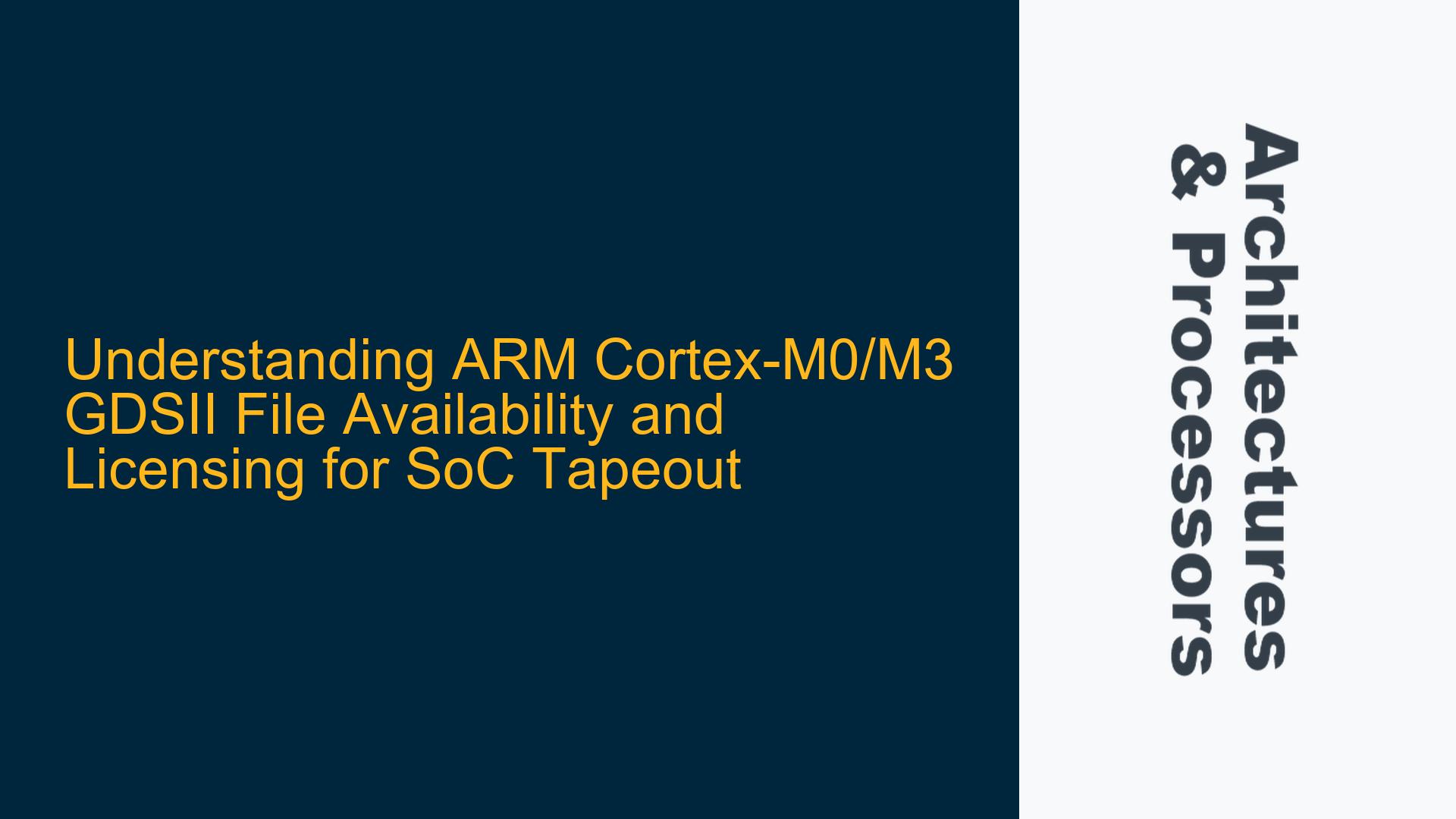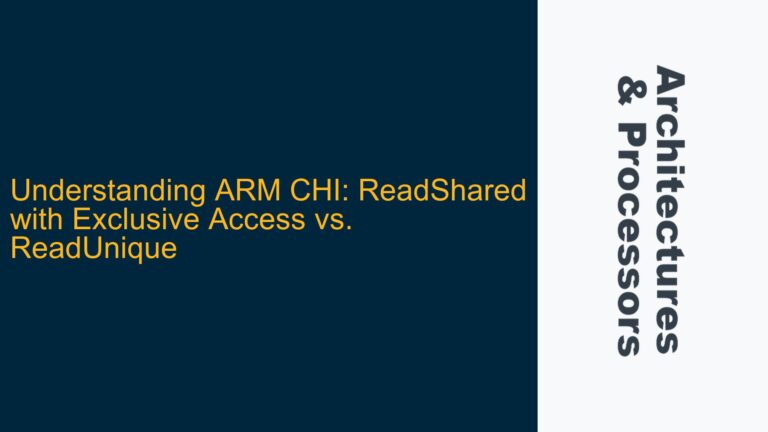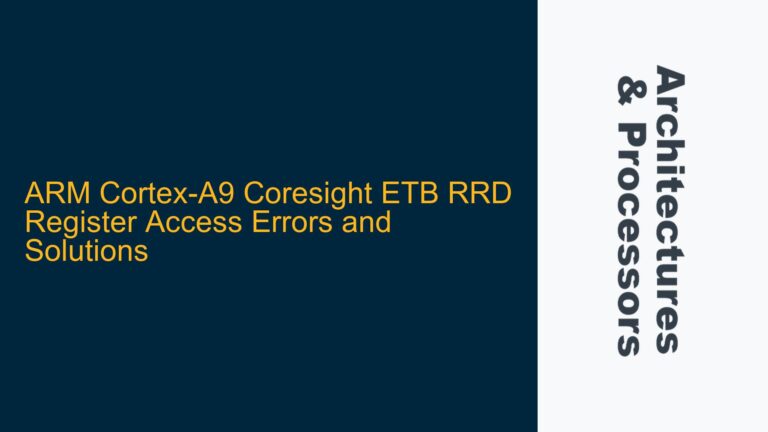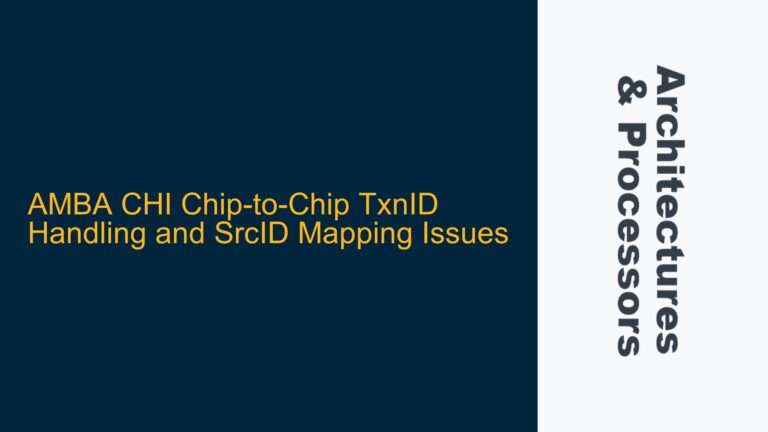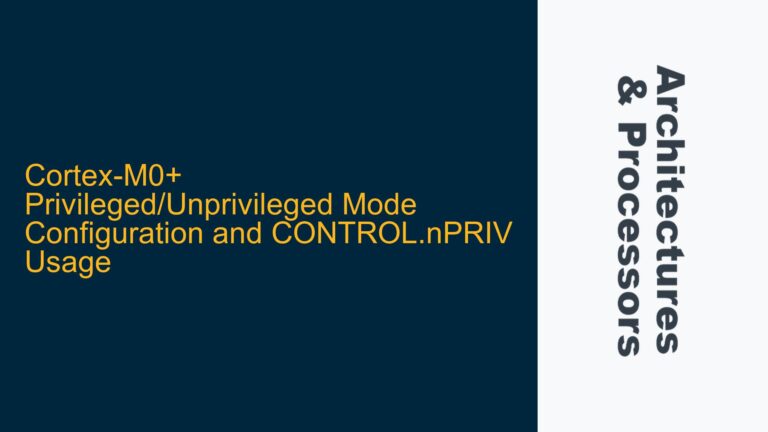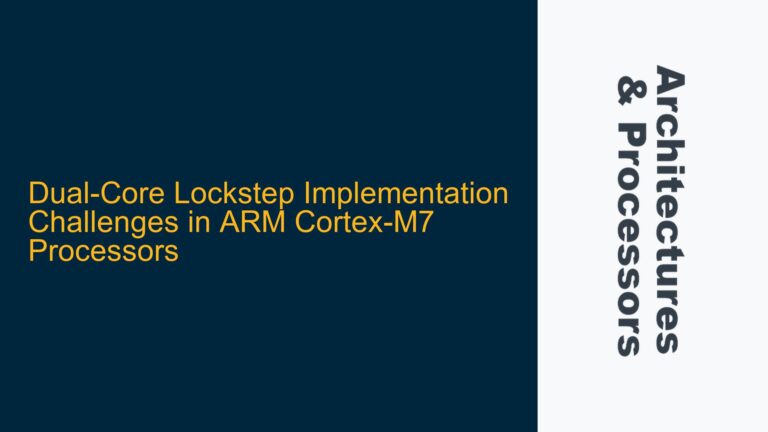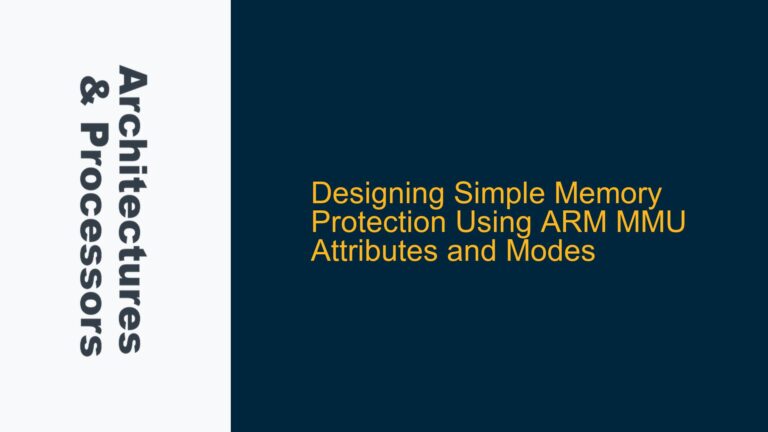ARM Cortex-M0/M3 DesignStart Pro Licensing and GDSII File Access
The ARM Cortex-M0 and Cortex-M3 processors are widely used in embedded systems due to their low power consumption, high performance, and ease of integration. For students and professionals looking to tape out a System-on-Chip (SoC) using these processors, understanding the licensing options and the availability of GDSII files is crucial. GDSII files are essential for the physical design and fabrication of the chip, as they contain the layout information required for the manufacturing process.
The ARM DesignStart program provides a pathway for accessing ARM IP, including the Cortex-M0 and Cortex-M3 processors. The program offers different licensing bundles, each with varying levels of access to the processor IP and associated files. The two primary bundles are the Front-End (FE) Bundle and the Full Bundle (FB). The FE Bundle typically includes the RTL (Register Transfer Level) code, simulation models, and documentation, which are sufficient for design and simulation purposes. However, for tapeout, the Full Bundle is required, as it includes the GDSII files necessary for the physical implementation of the design.
The confusion often arises from the distinction between the FE Bundle and the Full Bundle. The FE Bundle, while providing a comprehensive set of tools for design and verification, does not include the GDSII files. This limitation is critical for teams planning to tape out an SoC, as the absence of GDSII files would prevent the design from being manufactured. The Full Bundle, on the other hand, includes the GDSII files, making it the appropriate choice for teams preparing for tapeout.
Licensing Options and GDSII File Availability in ARM DesignStart Pro
The ARM DesignStart Pro program offers a streamlined process for accessing ARM IP, including the Cortex-M0 and Cortex-M3 processors. The program is designed to cater to both academic and commercial users, providing different licensing options to suit various needs. For academic users, the DesignStart University program offers free access to the Cortex-M0 and Cortex-M3 processors for educational purposes. However, this program does not include the GDSII files, as it is intended for learning and simulation rather than actual tapeout.
For teams planning to tape out an SoC, the DesignStart Pro program is the appropriate choice. Within the DesignStart Pro program, the Full Bundle (FB) is the licensing option that includes the GDSII files. The Full Bundle provides access to the complete set of files required for the physical design and fabrication of the chip, including the GDSII files, RTL code, simulation models, and comprehensive documentation. This bundle is essential for teams that are preparing to move from the design and simulation phase to the actual manufacturing of the chip.
The distinction between the FE Bundle and the Full Bundle is critical for understanding the availability of GDSII files. The FE Bundle, while providing a robust set of tools for design and verification, does not include the GDSII files. This limitation is often a point of confusion for teams that are new to the ARM licensing process. The Full Bundle, on the other hand, includes the GDSII files, making it the appropriate choice for teams that are preparing for tapeout.
Steps to Access GDSII Files for ARM Cortex-M0/M3 in DesignStart Pro
To access the GDSII files for the ARM Cortex-M0 and Cortex-M3 processors, teams must follow a series of steps to ensure that they have the appropriate licensing and access to the necessary files. The first step is to determine the specific needs of the project, including whether the project is for academic or commercial purposes. For academic projects, the DesignStart University program provides free access to the Cortex-M0 and Cortex-M3 processors, but it does not include the GDSII files. For commercial projects or academic projects that require tapeout, the DesignStart Pro program is the appropriate choice.
Once the appropriate program has been identified, the next step is to select the correct licensing bundle. For teams planning to tape out an SoC, the Full Bundle (FB) is the appropriate choice, as it includes the GDSII files. The Full Bundle provides access to the complete set of files required for the physical design and fabrication of the chip, including the GDSII files, RTL code, simulation models, and comprehensive documentation.
After selecting the Full Bundle, teams must complete the licensing process through the ARM DesignStart Pro program. This process typically involves submitting an application, providing details about the project, and agreeing to the terms and conditions of the license. Once the licensing process is complete, teams will gain access to the GDSII files and other necessary resources for the physical design and fabrication of the chip.
In addition to the licensing process, teams should also ensure that they have the necessary tools and expertise to work with the GDSII files. This includes having access to Electronic Design Automation (EDA) tools that support the GDSII format, as well as having a team with experience in physical design and fabrication. The GDSII files contain the layout information required for the manufacturing process, and working with these files requires a deep understanding of the physical design process.
Finally, teams should also consider the support and resources available through the ARM DesignStart Pro program. ARM provides comprehensive documentation, tutorials, and support to help teams navigate the licensing process and work with the GDSII files. Additionally, ARM offers access to a community of experts and resources that can provide guidance and assistance throughout the design and fabrication process.
In conclusion, accessing the GDSII files for the ARM Cortex-M0 and Cortex-M3 processors requires a clear understanding of the licensing options available through the ARM DesignStart Pro program. By selecting the Full Bundle and completing the licensing process, teams can gain access to the GDSII files and other resources necessary for the physical design and fabrication of their SoC. With the right tools, expertise, and support, teams can successfully navigate the process of tapeout and bring their designs to life.
